Home>Ideas and Tips>Creating a Functional Home Office with a Virtual Reality Conferencing Setup
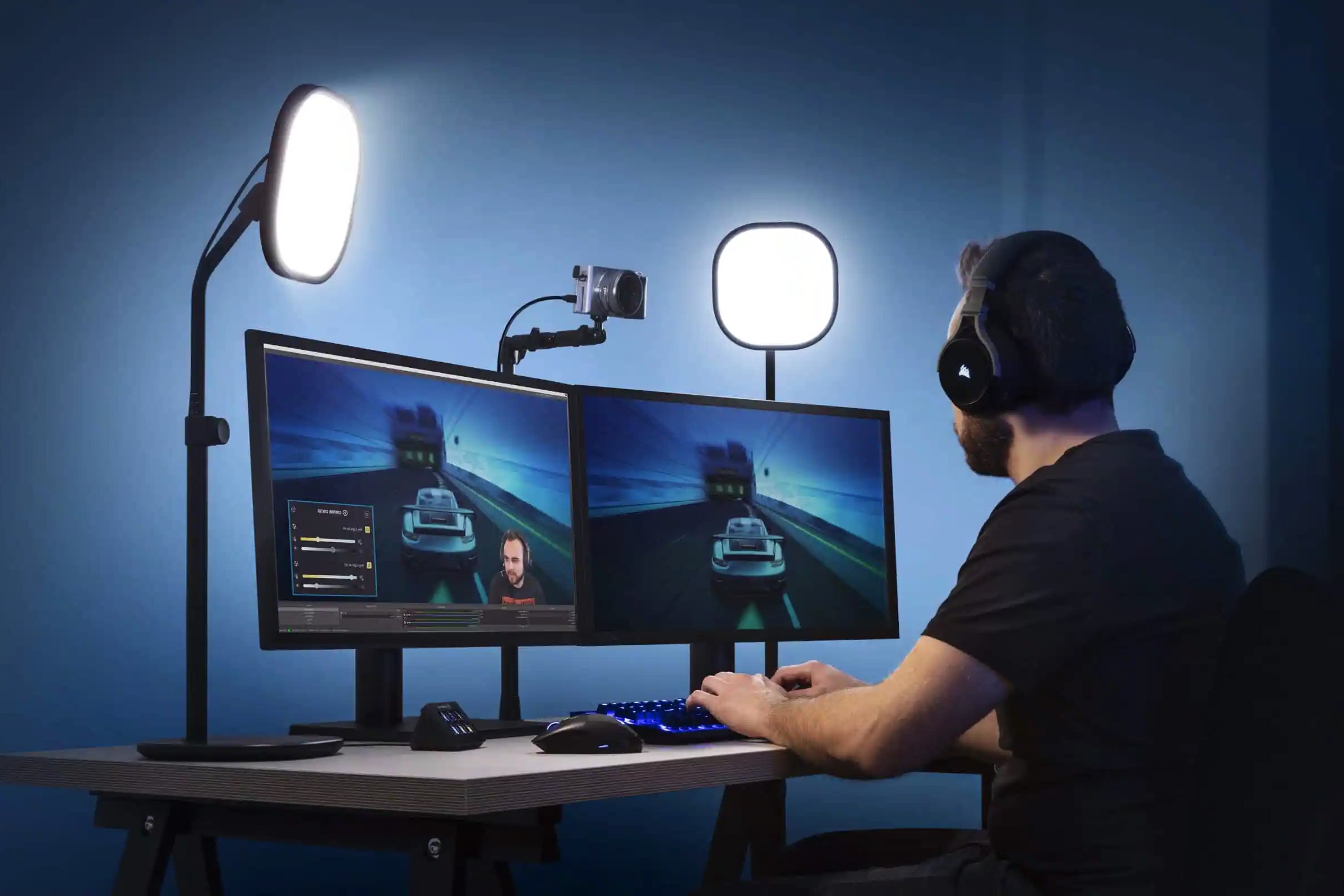

Ideas and Tips
Creating a Functional Home Office with a Virtual Reality Conferencing Setup
Published: September 1, 2024
Create a productive home office with a VR conferencing setup. Learn how to optimize your space and leverage VR technology for seamless virtual interactions.
(Many of the links in this article redirect to a specific reviewed product. Your purchase of these products through affiliate links helps to generate commission for Storables.com, at no extra cost. Learn more)
Creating a functional home office with a virtual reality conferencing setup might sound like a tall order, but it's totally doable with a bit of planning and the right tools. The goal here is to create a space that not only helps you get work done but also makes virtual meetings feel as real as face-to-face ones. So, how do you go about it? Let's break it down.
Planning Your Home Office
First things first, you need to plan your home office. This step is crucial because a well-thought-out space can make a world of difference in your productivity and comfort. Here are some key considerations:
Space Allocation
Start by figuring out how much space you have. Whether it's a whole room or just a corner, you can make it work. Measure the area and think about how you'll arrange your furniture. A dedicated room is ideal, but even a small nook can be transformed into a productive workspace with the right setup.
Lighting
Good lighting is a game-changer. Natural light is best, so try to set up near a window. If that's not possible, invest in some quality LED lights. They’re energy-efficient and provide a bright, clear light that’s easy on the eyes. Don’t forget a good desk lamp for those late-night work sessions.
Ergonomics
Comfort is key when you’re spending hours at your desk. Invest in ergonomic furniture like a comfy chair, a standing desk, and a well-designed keyboard tray. These items will help prevent back and neck pain, keeping you focused and productive.
Noise Reduction
A quiet environment is essential for concentration. If you can't escape the noise, consider noise-cancelling headphones or soundproofing materials. Even something as simple as a thick rug or heavy curtains can help muffle sounds.
Setting Up Your Virtual Reality Conferencing System
Now, let's get into the nitty-gritty of setting up your virtual reality (VR) conferencing system. This technology can make your virtual meetings feel almost like you're in the same room with your colleagues.
Choosing the Right Hardware
To create an immersive VR experience, you'll need some specific hardware:
- VR Headset: Choose a high-quality VR headset that supports webVR and has good resolution and field of view. Popular options include Oculus Quest, HTC Vive, and Valve Index.
- Computer: Make sure your computer meets the system requirements for your chosen VR headset. You’ll need a powerful processor, plenty of RAM, and a dedicated graphics card.
- Controllers: Invest in VR controllers that allow for precise hand movements and interactions within the virtual environment.
Software Selection
The software you choose will have a big impact on your VR conferencing experience. Here are some popular options:
- A-Frame: This open-source framework lets you create web-based VR experiences without needing to be a coding whiz. It integrates well with Glitch, an online code editor, making it easy to build and deploy your VR scenes.
- Gather.Town: Designed specifically for virtual events and conferences, Gather.Town offers a user-friendly interface and supports various interactive features like avatars, chat boxes, and virtual rooms.
Setting Up Your VR Environment
Once you have your hardware and software, it's time to set up your VR environment:
- Scene Creation: Use A-Frame or Gather.Town to create your virtual environment. This could be a simple room or an elaborate setup with multiple rooms and interactive elements.
- Content Integration: Add content like 3D models, videos, and images to make your environment engaging. You can also integrate live feeds from cameras or microphones for real-time interactions.
- Navigation: Make sure navigation within the virtual space is intuitive. Use features like gaze-based interactions or reticles to make moving around and selecting objects easy.
Designing an Immersive Virtual Space
An immersive virtual space should be designed with interaction in mind. Here are some tips for creating an engaging environment:
Compact Layout
Unlike physical spaces where spaciousness is often preferred, virtual spaces benefit from compact layouts. This design facilitates interaction by reducing navigation time and increasing the sense of community.
Interactive Elements
Incorporate interactive elements such as avatars, chat boxes, and virtual whiteboards to enhance collaboration and engagement.
Visual Aesthetics
Use high-quality 360-degree images or videos to create an immersive visual experience. Skyboxes can help ground the user in the virtual environment by providing a reference point.
Best Practices for Virtual Conferences
To ensure successful virtual conferences using your new setup, follow these best practices:
Clear Communication
Establish clear communication channels before the conference starts. Use tools like chat boxes or voice chat to ensure everyone is on the same page.
Technical Check
Conduct a technical check before the conference to ensure all participants have the necessary hardware and software. Test audio and video quality to avoid any last-minute issues.
Interactive Sessions
Plan interactive sessions that encourage participation from all attendees. Use features like polls, Q&A sessions, and breakout rooms to keep everyone engaged.
Maintenance and Upgrades
To keep your home office and VR conferencing setup running smoothly, regular maintenance is crucial:
Software Updates
Regularly update your software to ensure compatibility with new hardware and to fix any bugs or security issues.
Hardware Checks
Perform regular checks on your hardware to ensure it is functioning properly. Update drivers and firmware as needed to maintain optimal performance.
Backup Systems
Set up backup systems for your data to prevent loss in case of technical failures or hardware malfunctions.
Conclusion
Creating a functional home office with a virtual reality conferencing setup requires careful planning and execution. By choosing the right hardware and software, designing an immersive virtual space, and following best practices for virtual conferences, you can create an environment that fosters productivity and seamless communication. Remember to maintain your setup regularly to ensure it continues to support your needs effectively.
In today's digital age, investing in cutting-edge technology like VR can significantly enhance your work experience. Whether you're working remotely or collaborating with colleagues across the globe, a well-designed home office with VR capabilities can be a game-changer for your professional life.
Additional Resources
For those interested in diving deeper into the world of virtual reality and its applications in home offices, here are some additional resources:
- A-Frame Documentation: A comprehensive guide to creating web-based VR experiences using A-Frame.
- Gather.Town Tutorials: Step-by-step guides on how to use Gather.Town for virtual events and conferences.
- Future of Coding Podcast: A podcast discussing the future of coding and innovative tools in the field.
- Brandon Smith's Blog: Insights into writing libraries versus frameworks and their applications in coding.
By leveraging these resources and following the guidelines outlined in this article, you can create a home office that not only meets your productivity needs but also offers an immersive and engaging virtual conferencing experience.
Was this page helpful?
At Storables.com, we guarantee accurate and reliable information. Our content, validated by Expert Board Contributors, is crafted following stringent Editorial Policies. We're committed to providing you with well-researched, expert-backed insights for all your informational needs.
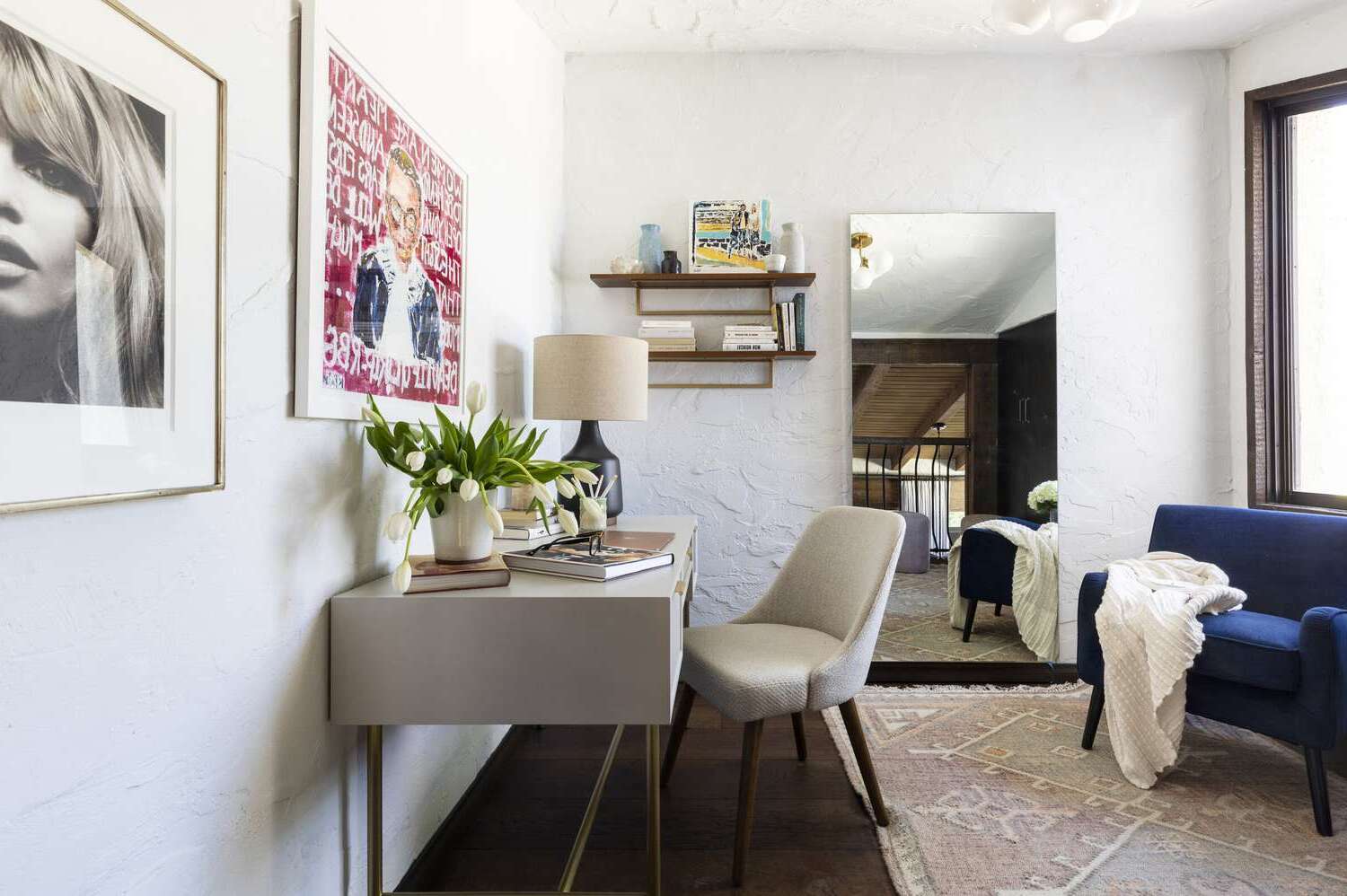
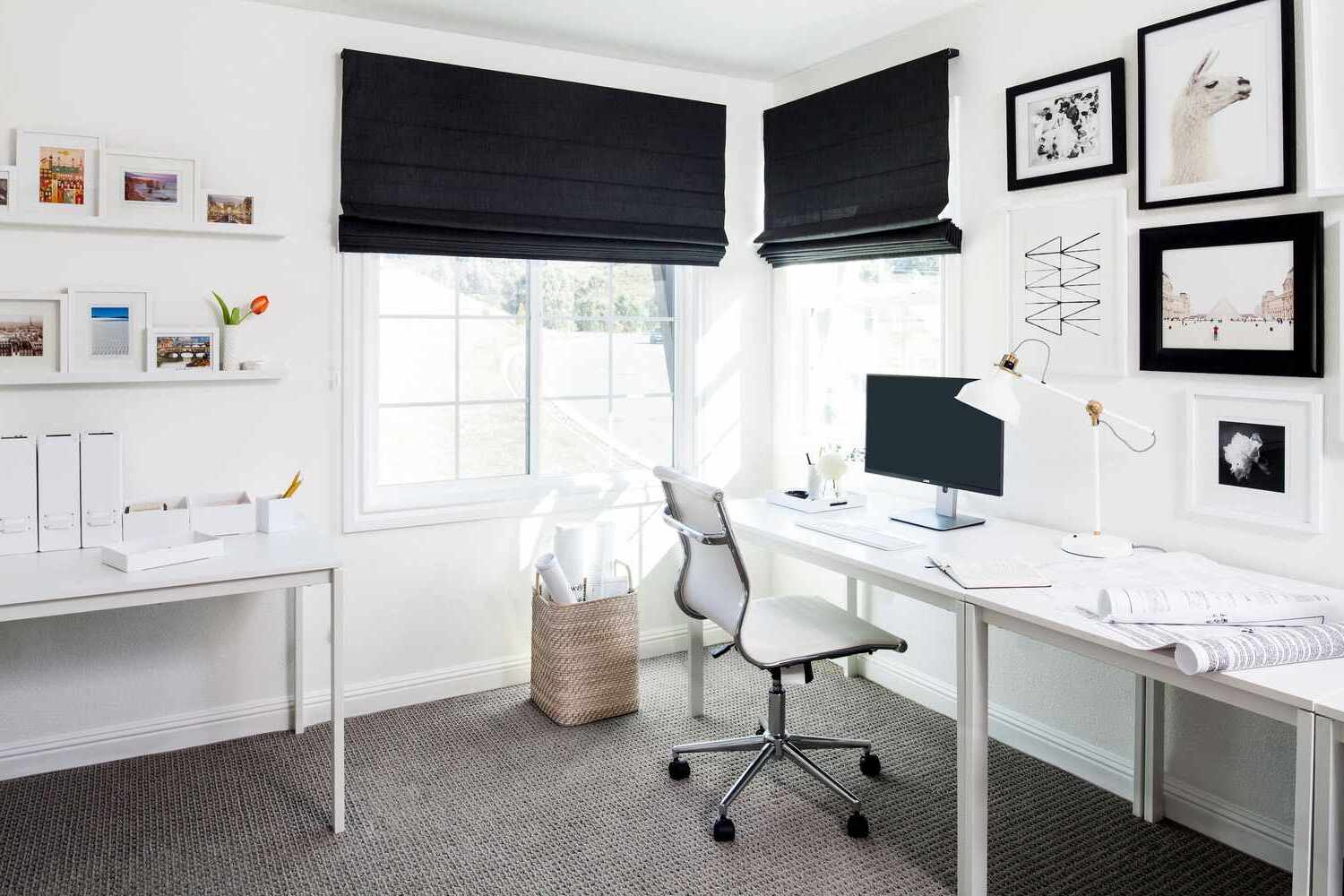
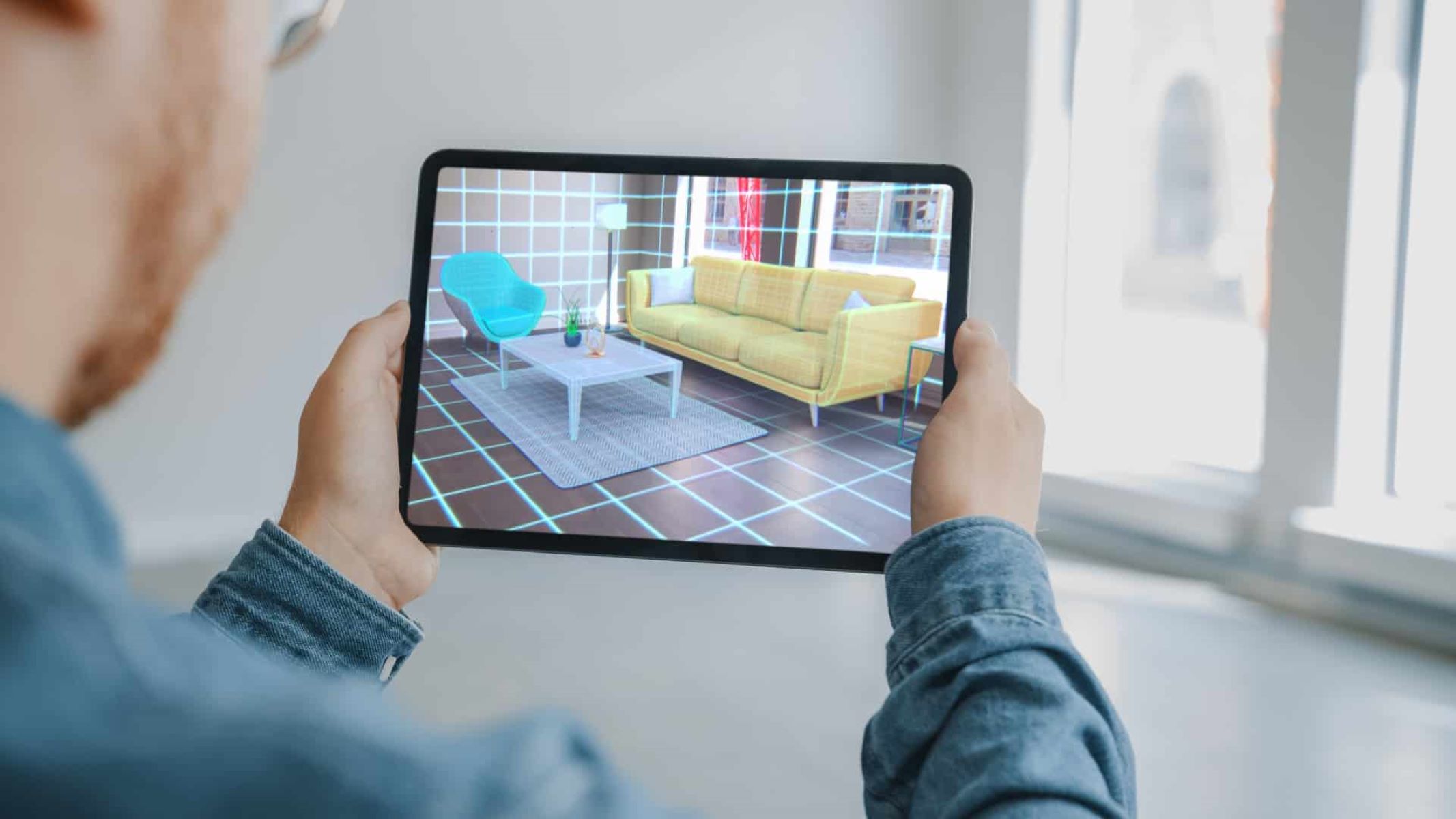
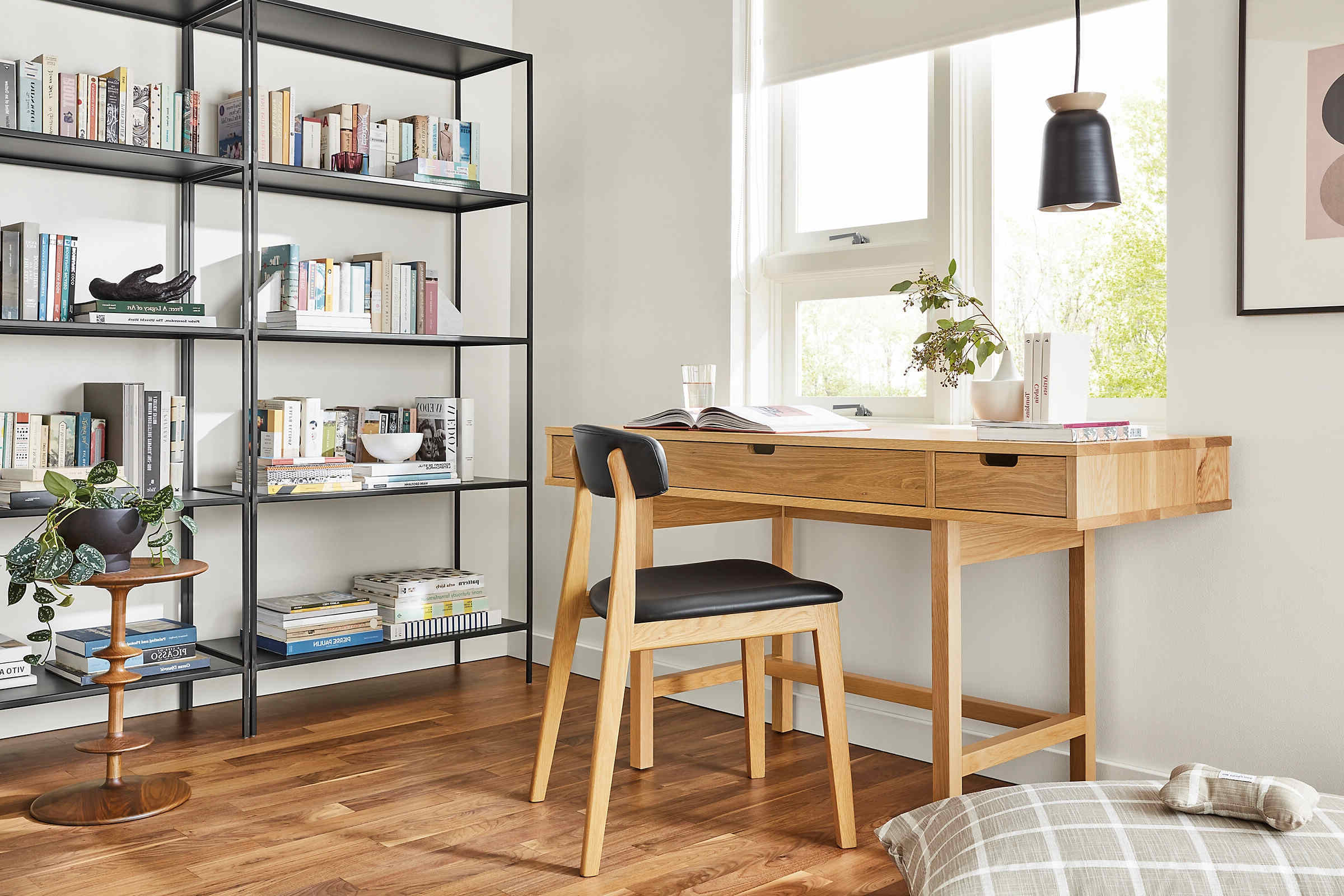
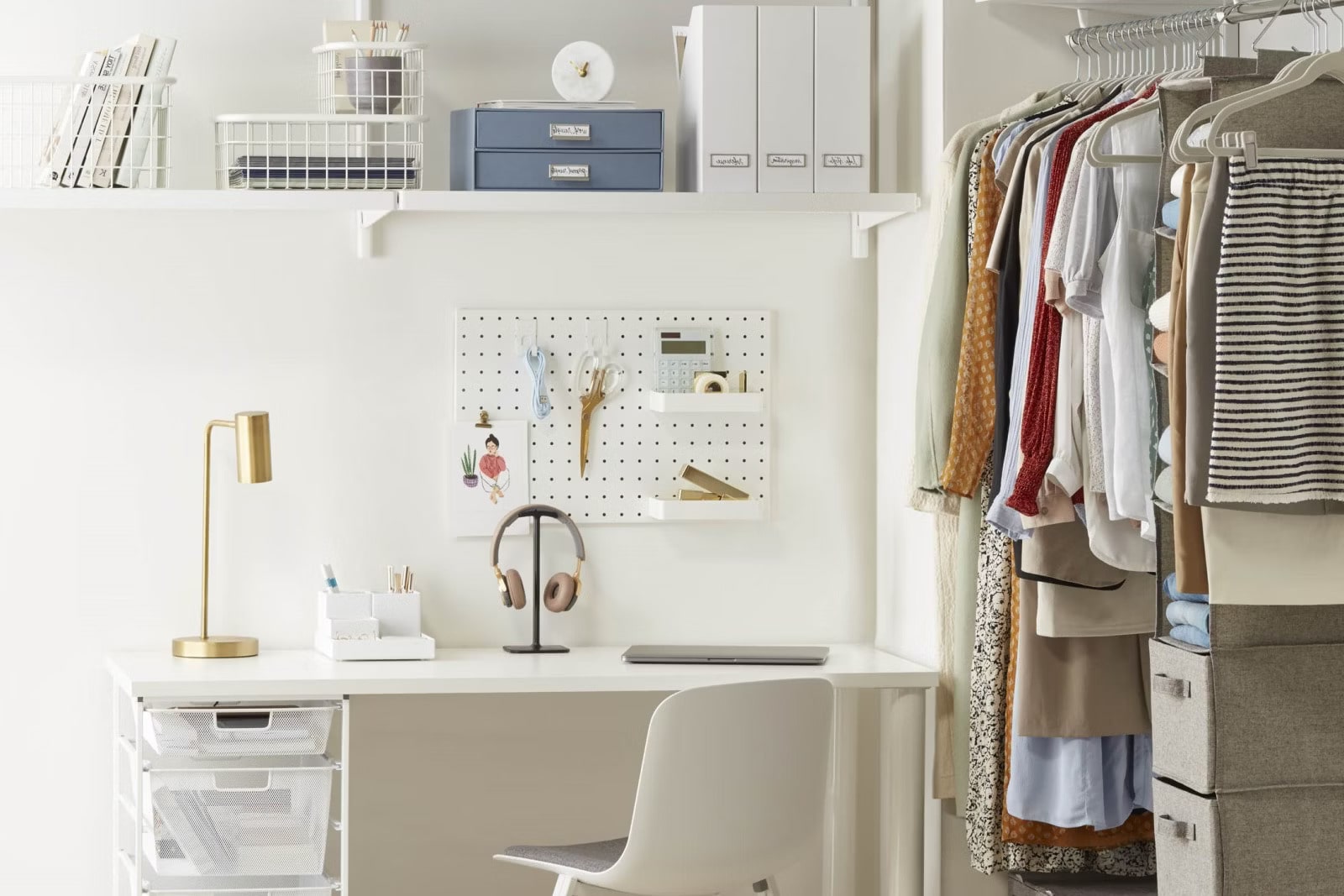
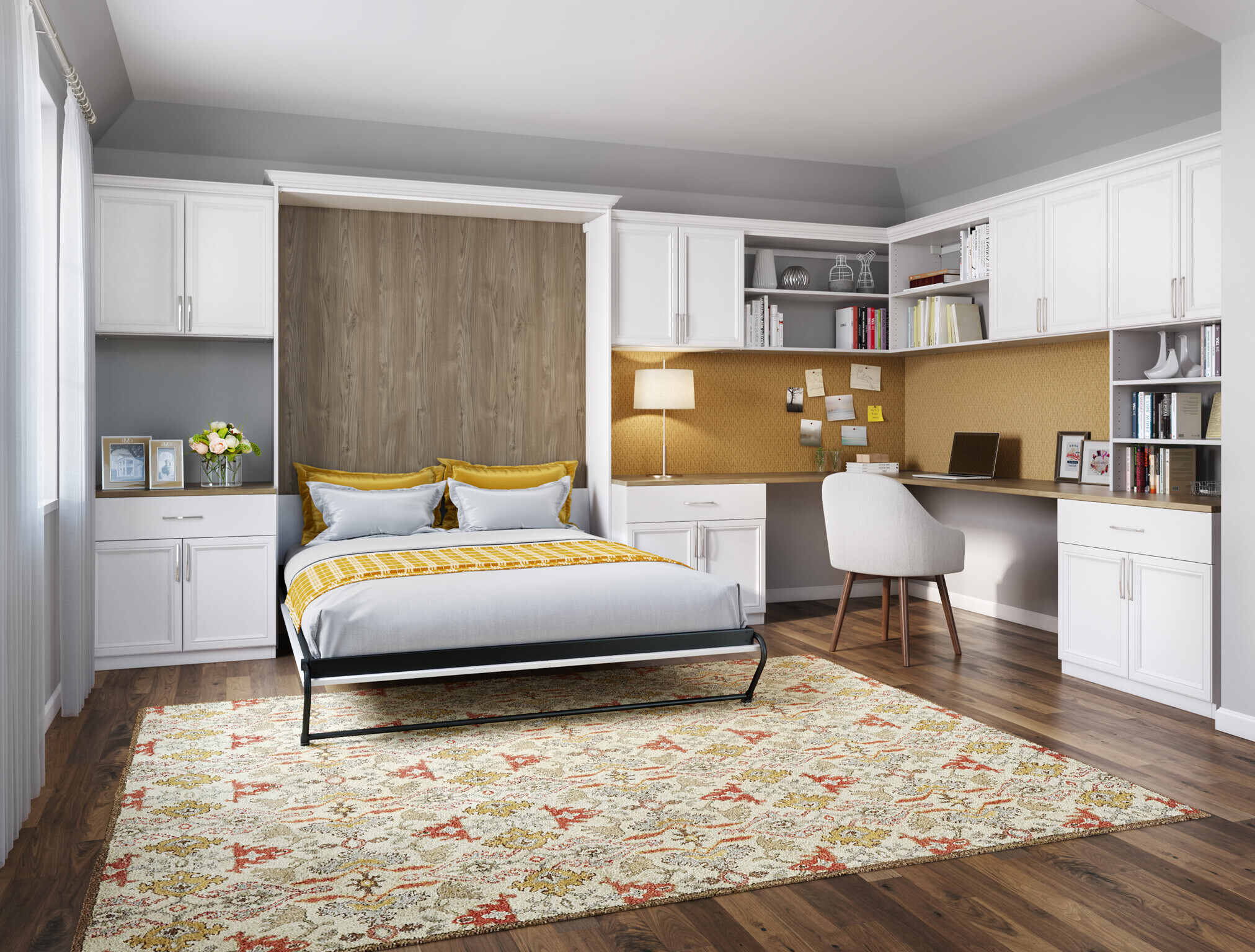
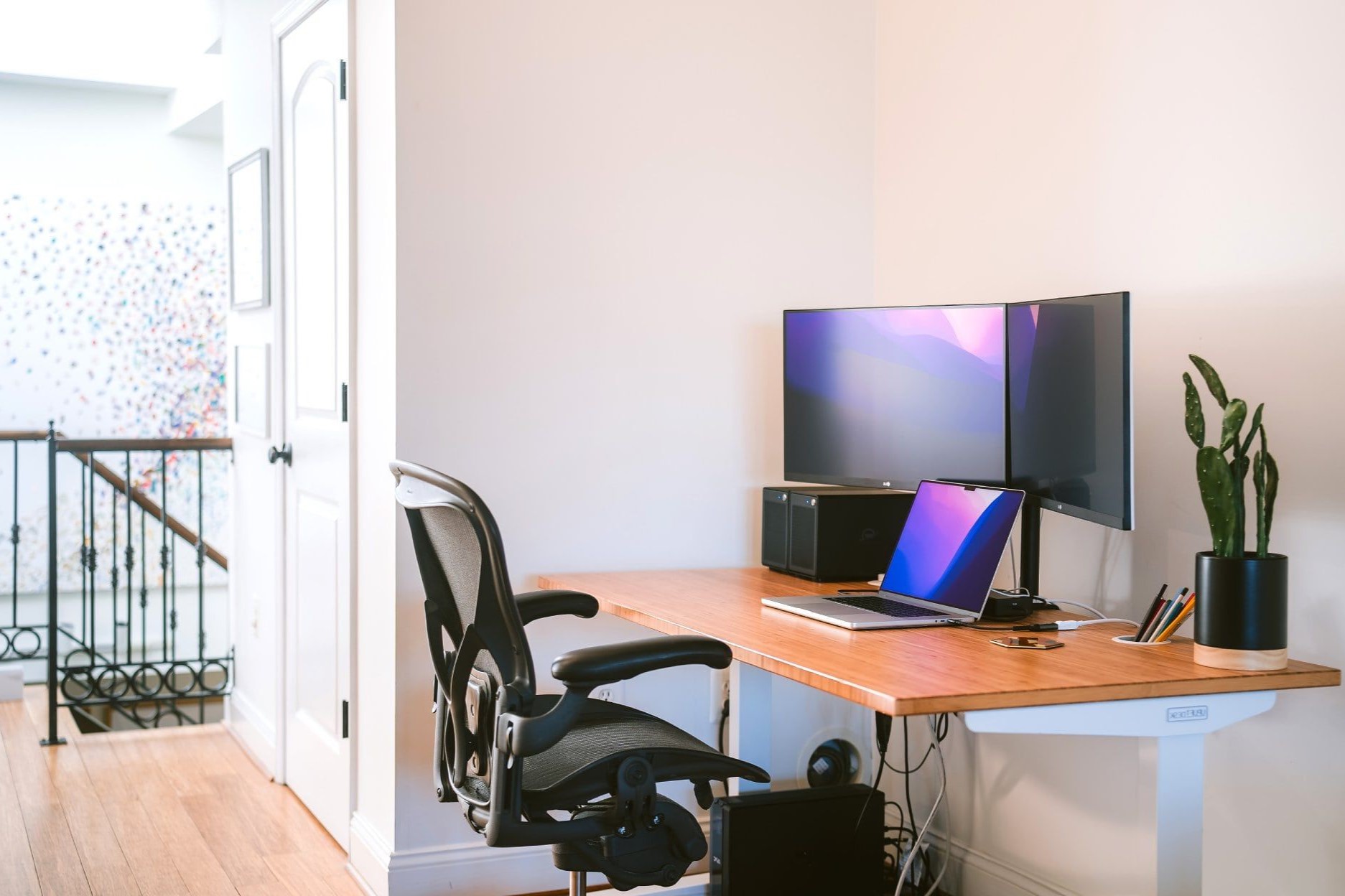
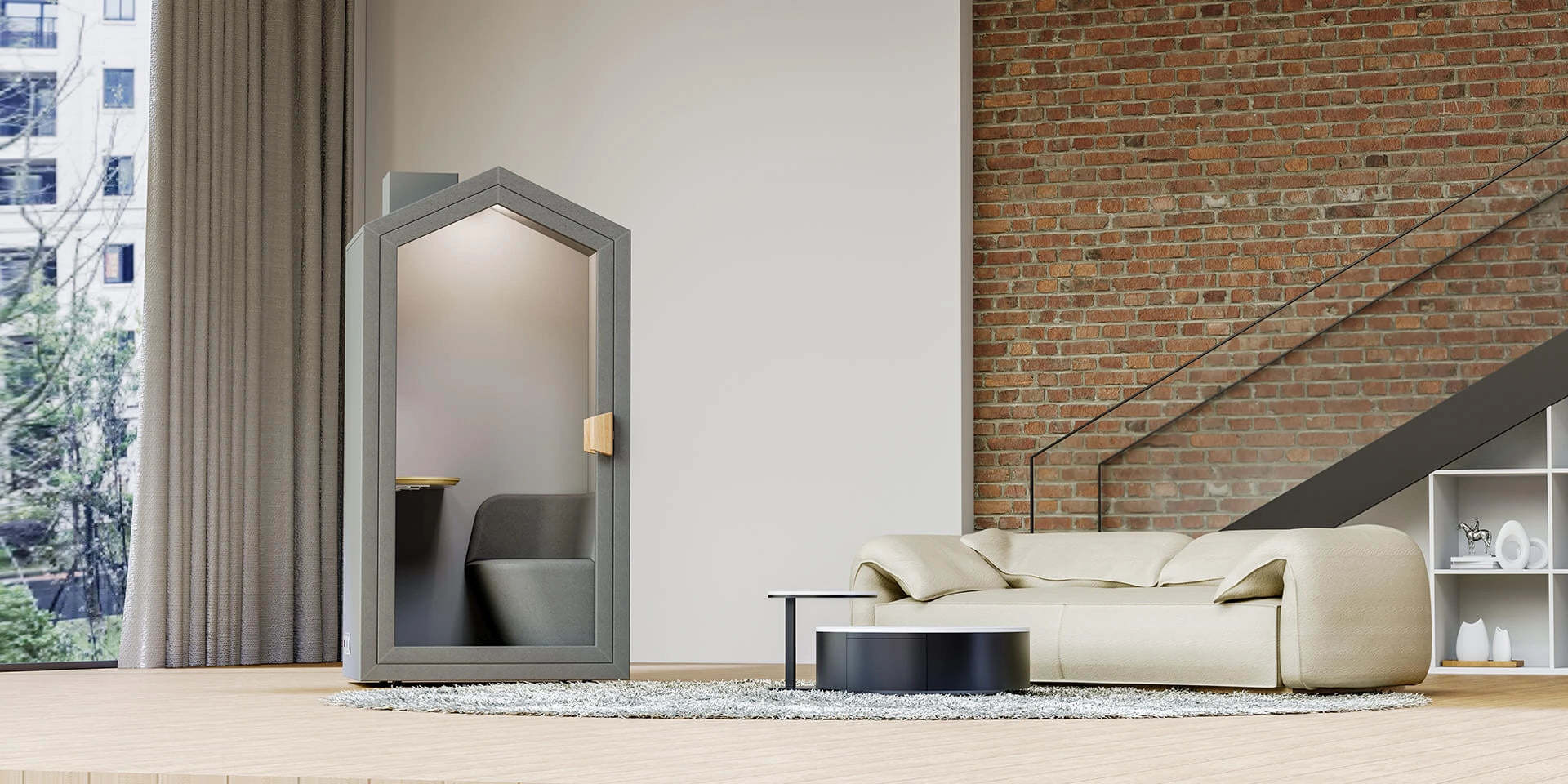
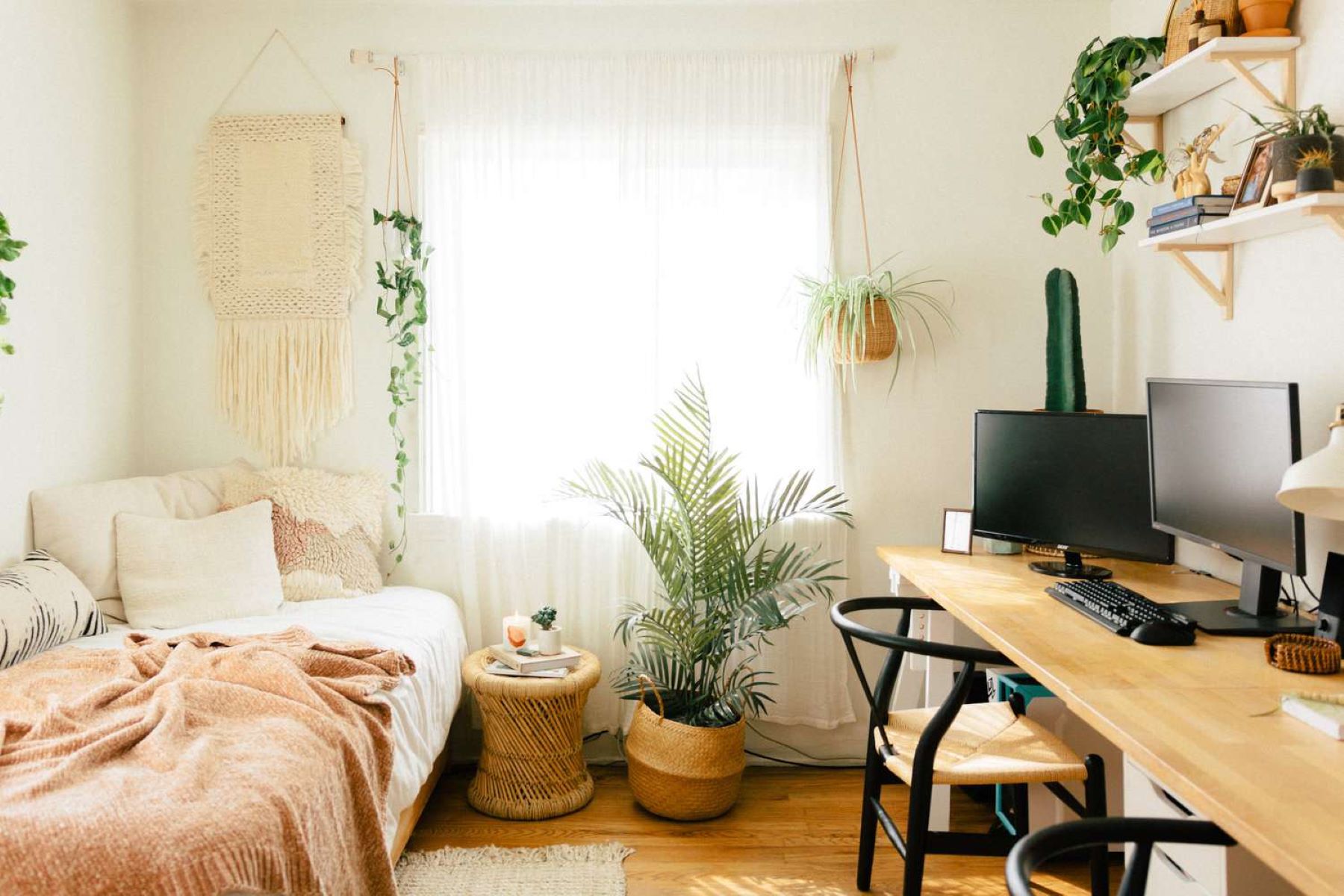
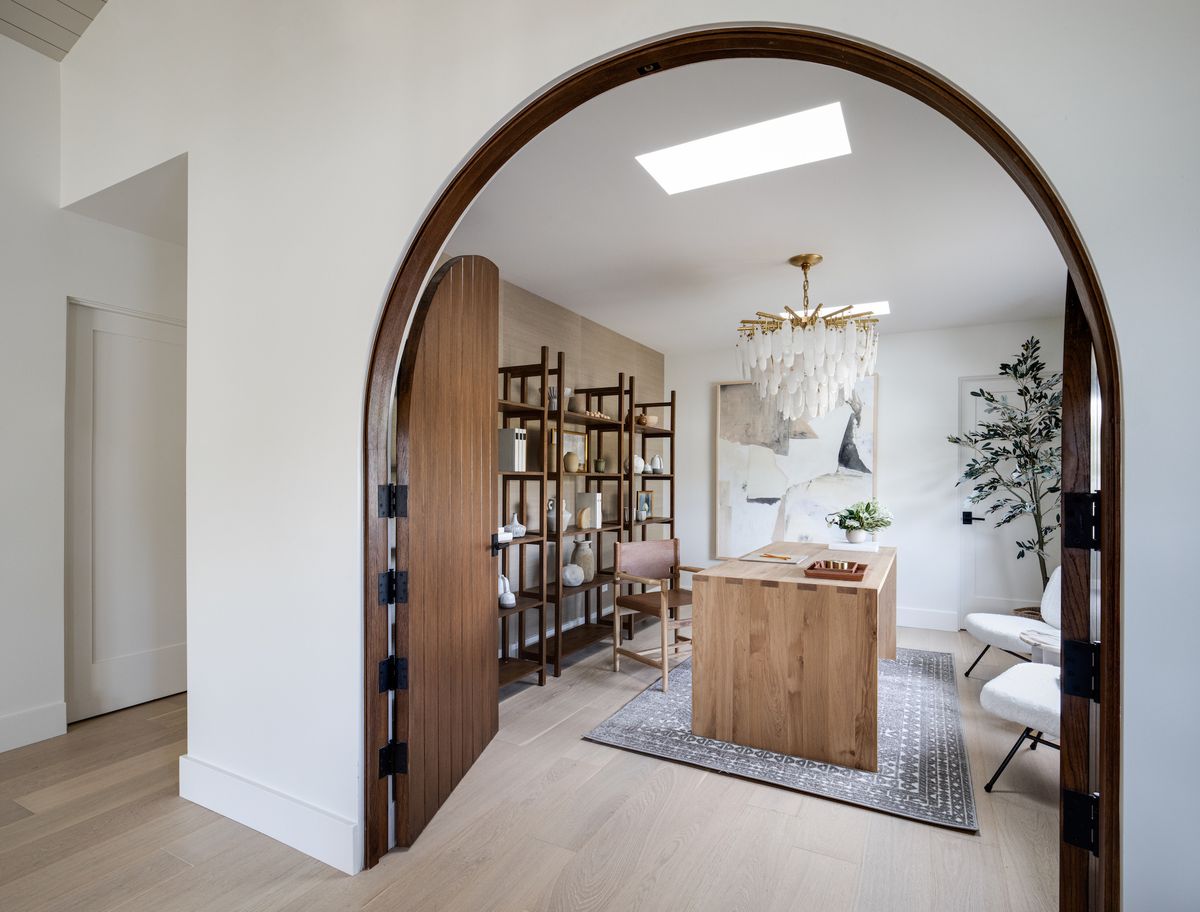
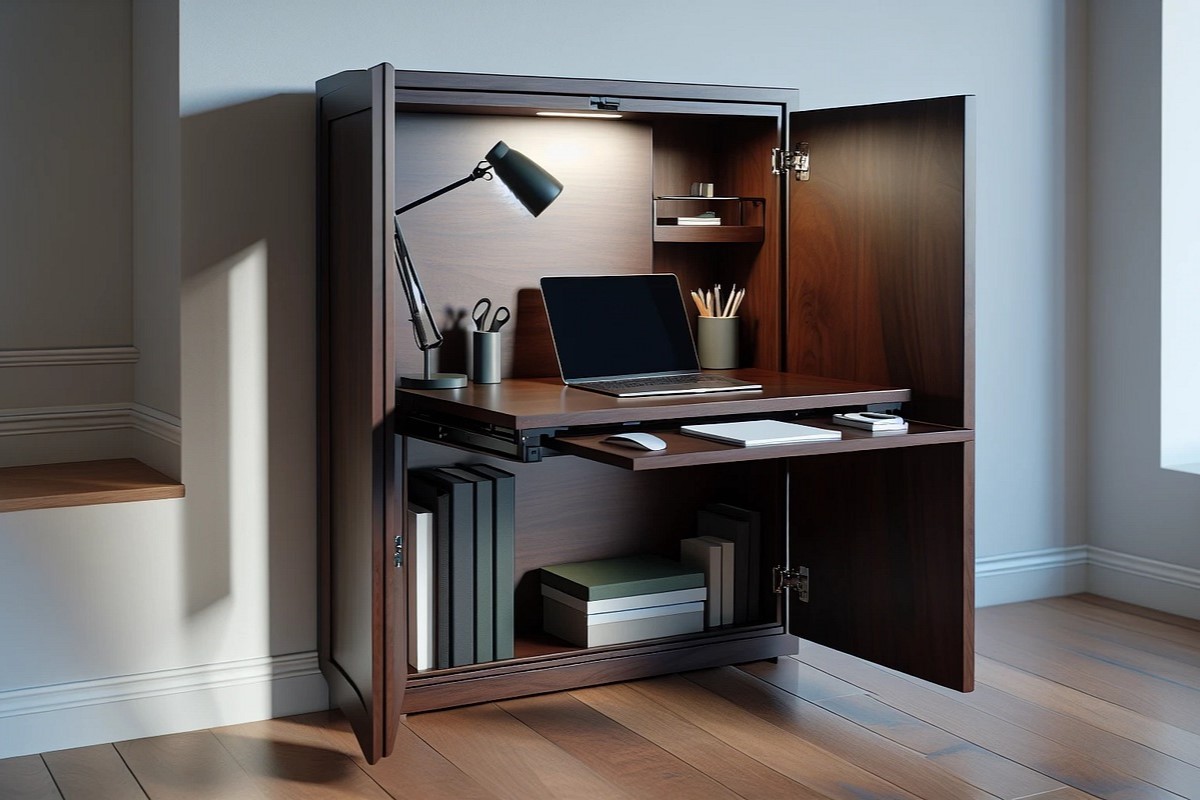
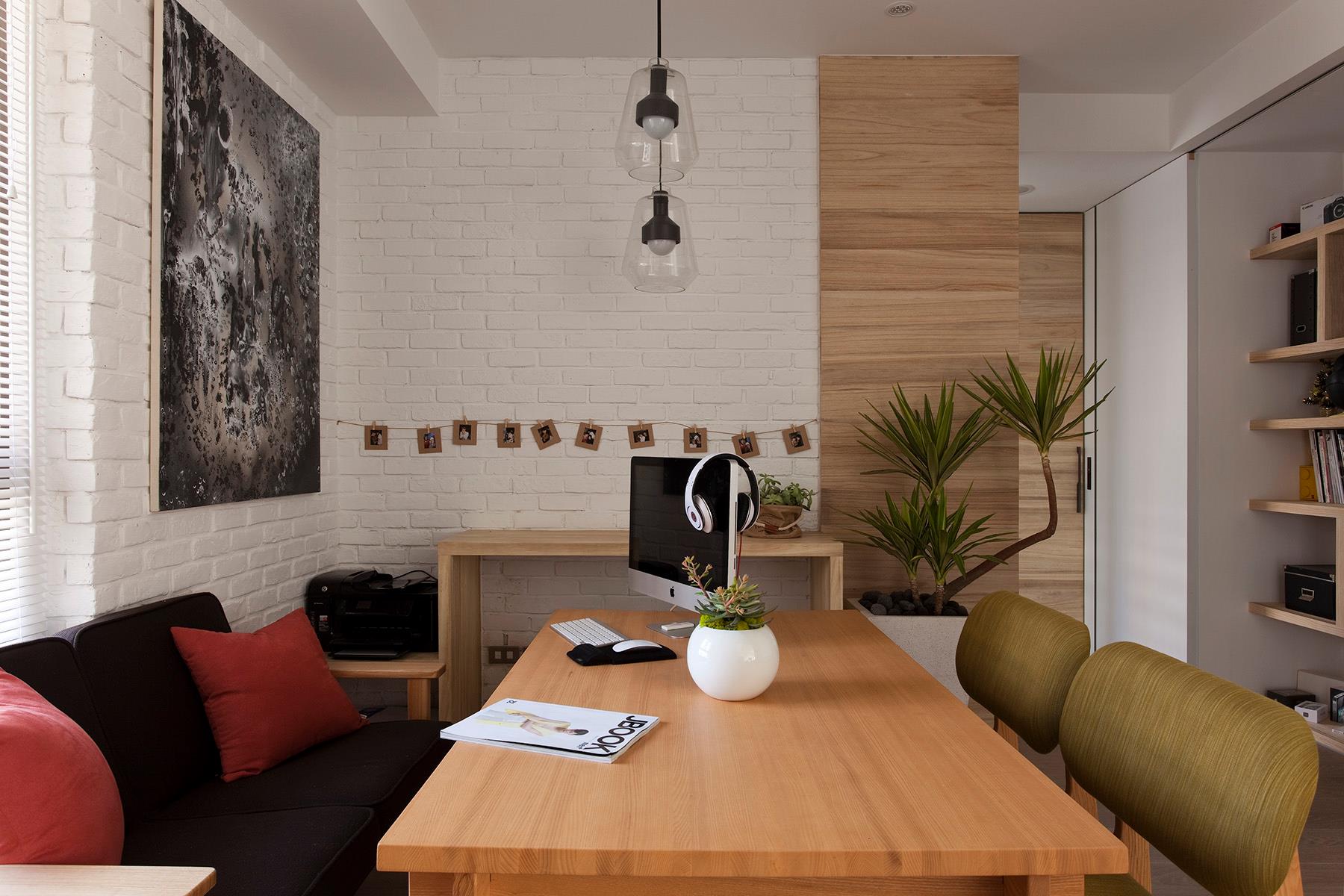
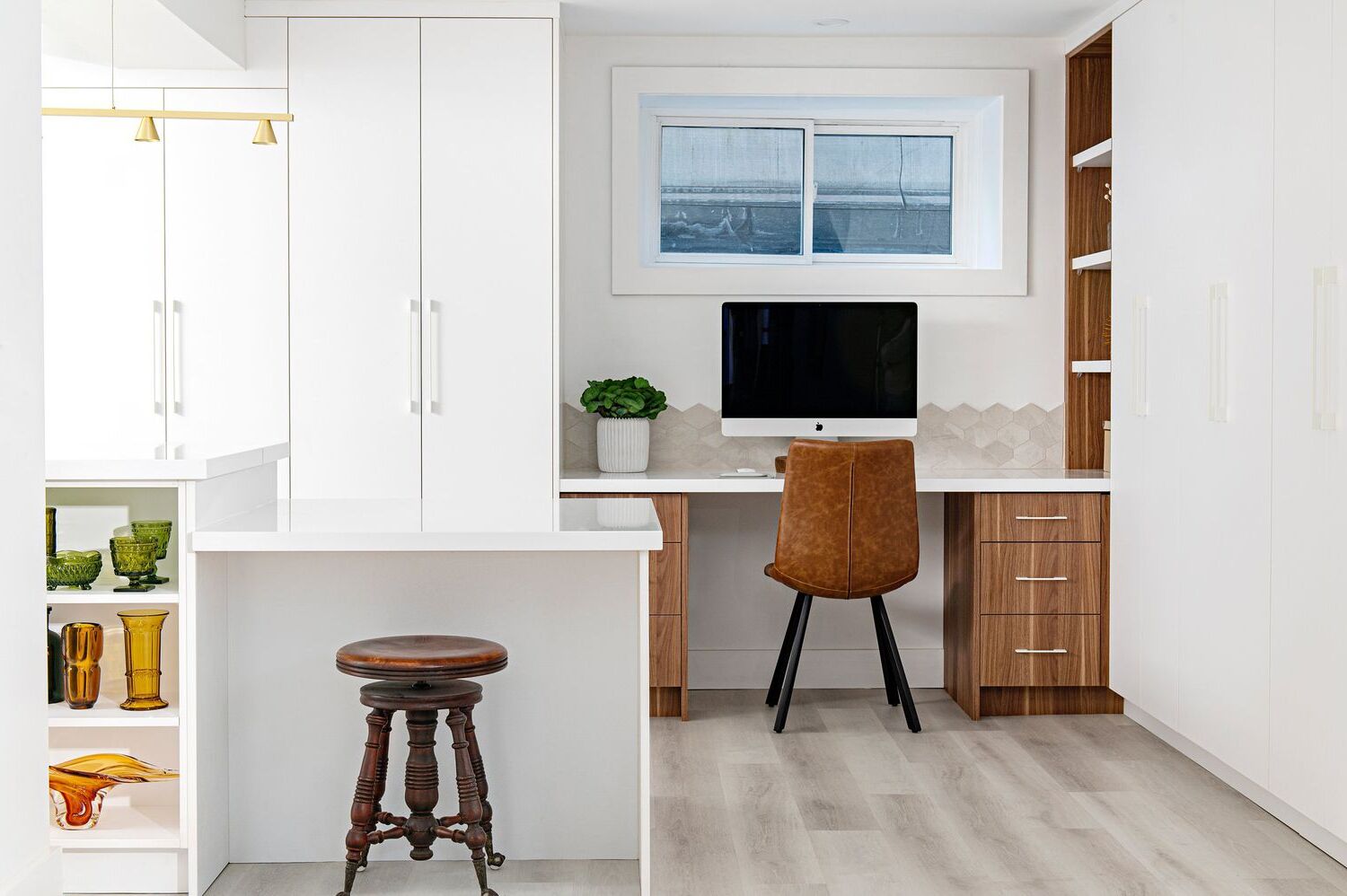
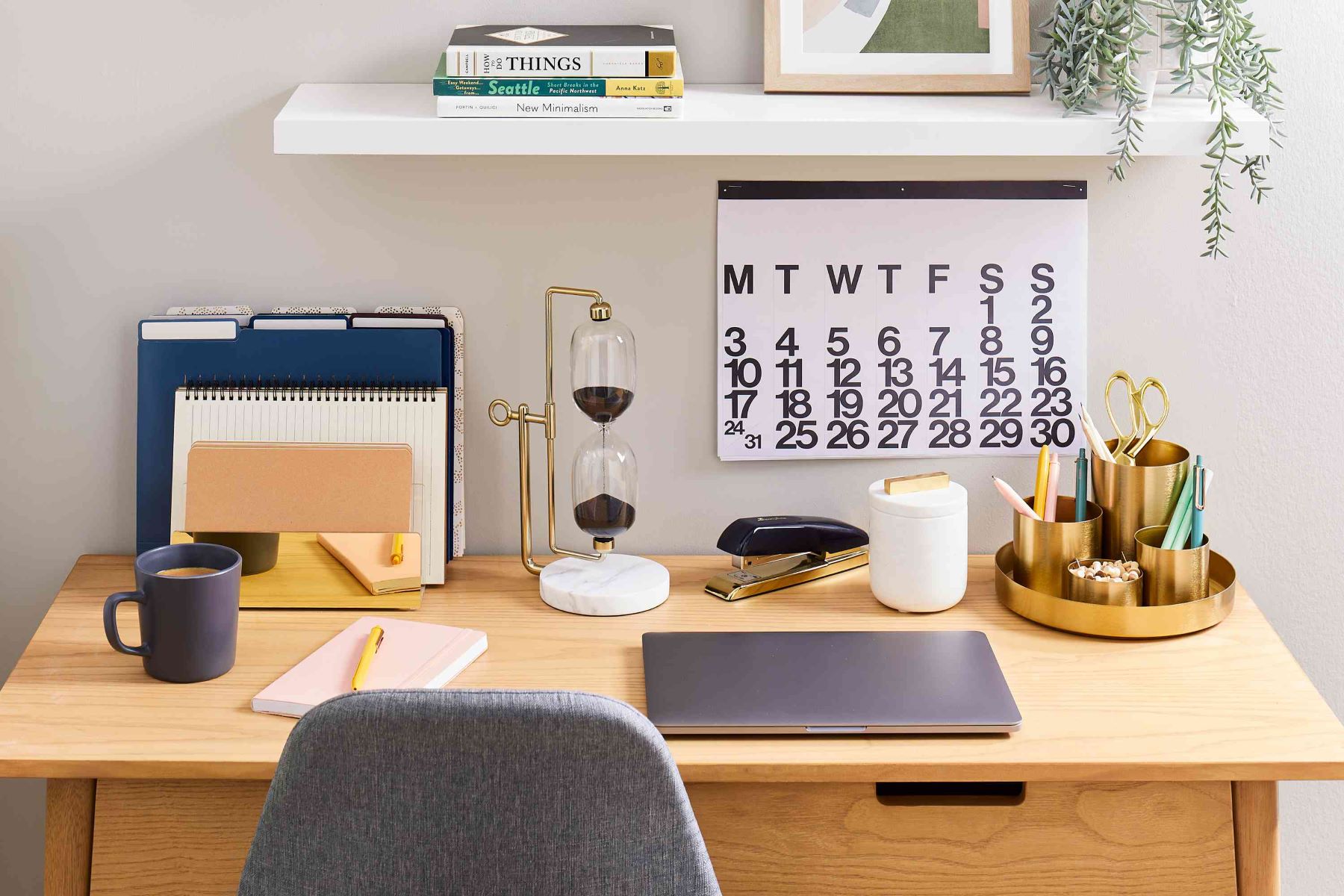

0 thoughts on “Creating a Functional Home Office with a Virtual Reality Conferencing Setup”